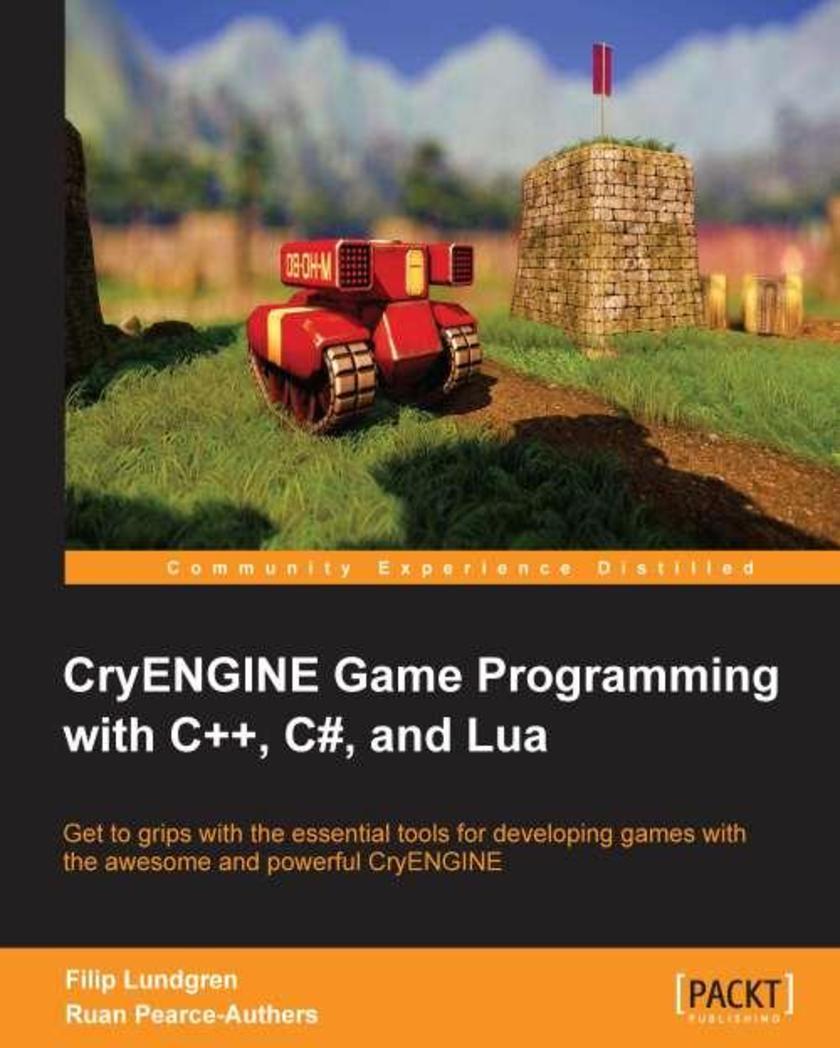
CryENGINE Game Programming with C++, C#, and Lua
¥80.65
This book provides you with step-by-step exercises covering the various systems of CryENGINE and comprehensively explains their workings in a way that can be easily understood by readers of any skill level to help you develop your very own CryENGINE games.This book is intended for developers looking to harness the power of CryENGINE, providing a good grounding in how to use the engine to its full potential. The book assumes basic knowledge of the engine and its editor in non-programming areas.
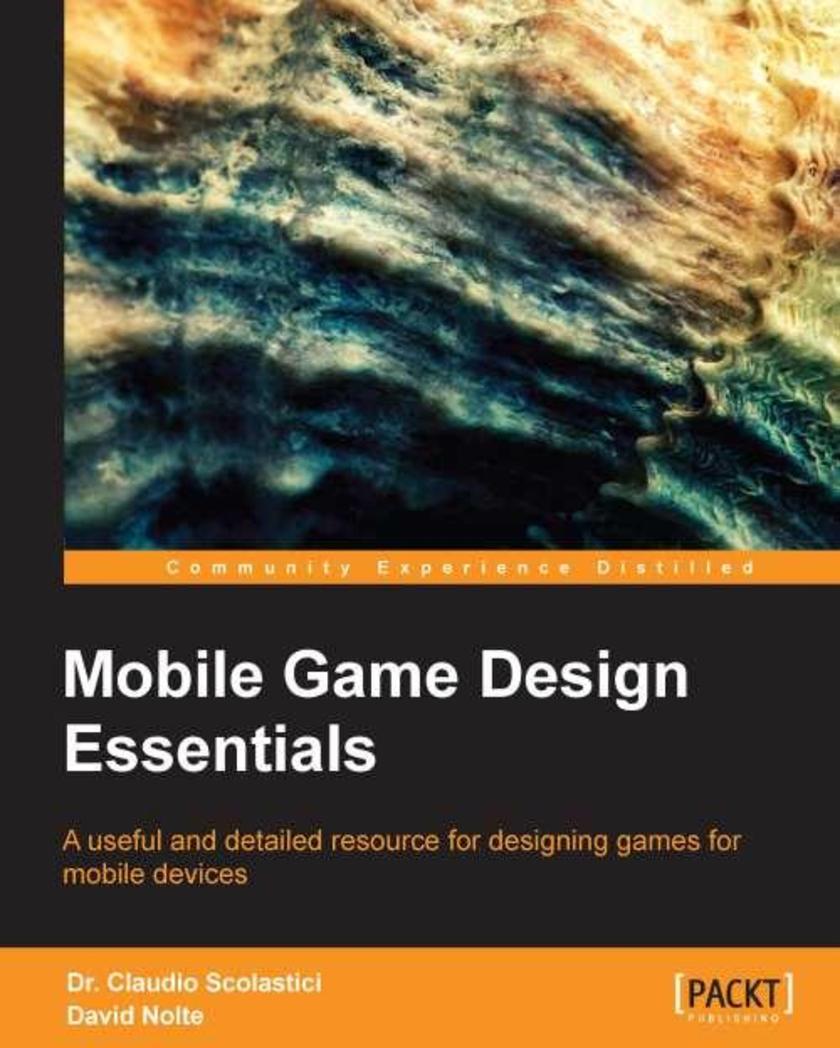
Mobile Game Design
¥90.46
A step-by-step guide.This book is for all game developers, designers, and hobbyists who want to create assets for mobile games
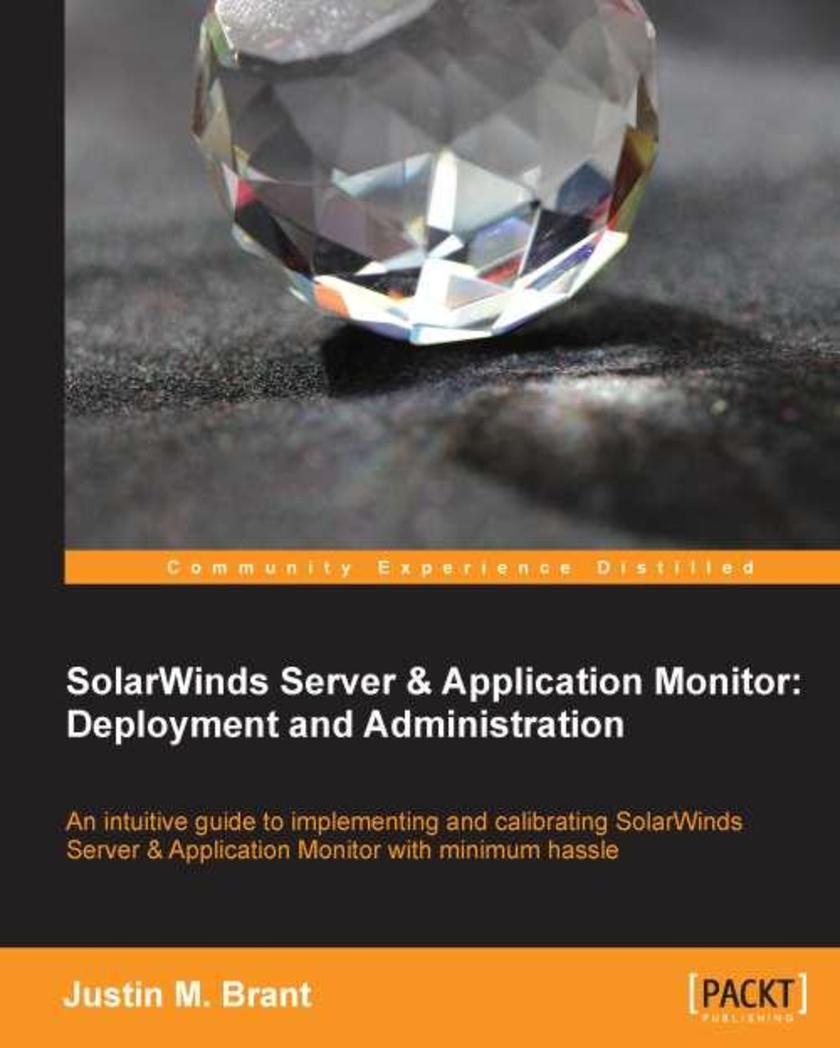
SolarWinds Server & Application Monitor : Deployment and Administration
¥66.48
A concise and practical guide to using SolarWinds Server & Application Monitor.If you are an IT professionals ranging from an entry-level technician to a more advanced network or system administrator who is new to network monitoring services and/or SolarWinds SAM, this book is ideal for you.

Instant Sencha Touch
¥41.41
Get to grips with a new technology, understand what it is and what it can do for you, and then get to work with the most important features and tasks. This book is a practical, step by step tutorial that will get you to use Sencha Touch core components quickly and efficiently.Instant Sencha Touch is for hobbyists who want to explore the capabilities of Sencha Touch. No prior knowledge of Sencha Touch is assumed. This book is simultaneously helpful for developers as well who want to quickly learn about Sencha Touch Framework. The book is structured in such a way that amateurs as well as experts will be able to use it as a reference.
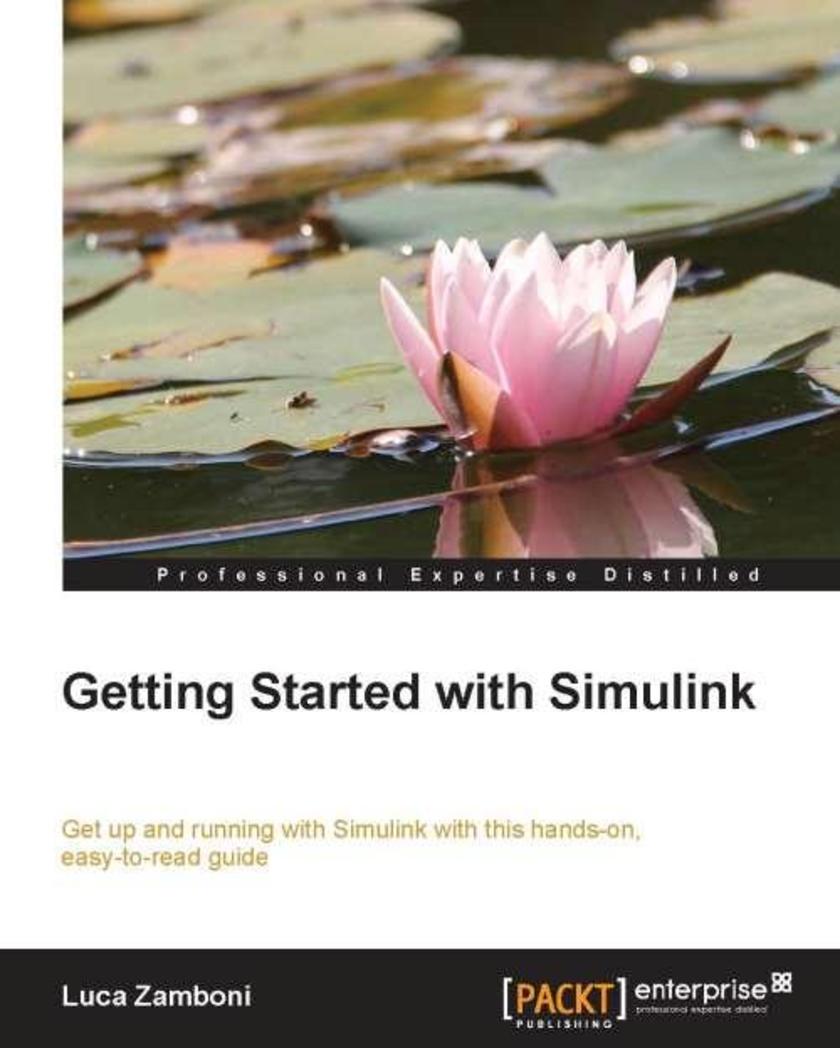
Getting started with Simulink
¥63.21
This practical and easy-to-understand learning tutorial is one big exciting exercise for students and engineers that are always short on their schedules and want to regain some lost time with the help of Simulink.This book is aimed at students and engineers who need a quick start with Simulink. Though it's not required in order to understand how Simulink works, knowledge of physics will help the reader to understand the exercises described.

Robot Framework Test Automation
¥54.49
Written in an engaging, easy-to-follow style, this practical guide will teach you to create test suites and automated acceptance Tests with the Robot Framework.If you are an automation engineer, QA engineer, developer or tester who is looking to get started with Robot Framework, as well as find a standardized testing solution, this book is ideal for you. No prior knowledge of Robot Framework or acceptance testing is required, although a basic knowledge of Python is required for few sections of the book.
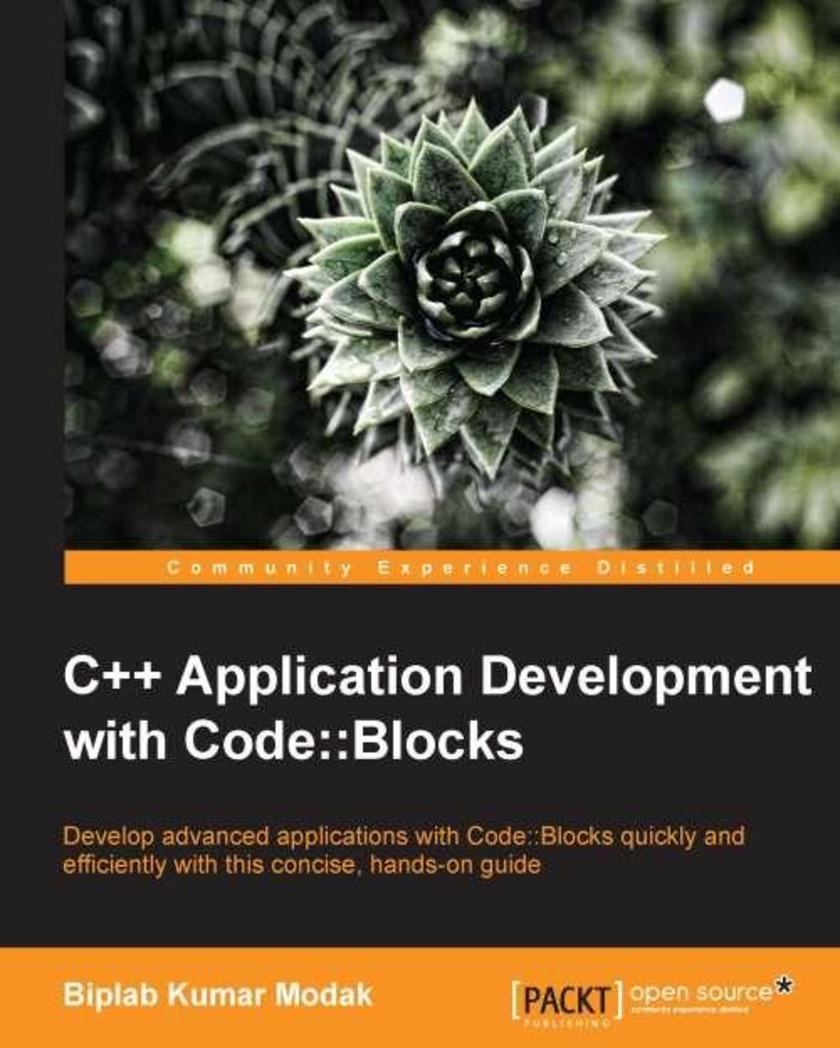
C++ Application Development with Code::Blocks
¥71.93
This is a comprehensive tutorial with step-by-step instructions on how to develop applications with Code::Blocks.This book is for C++ developers who wish to use Code::Blocks to create applications with a consistent look and feel across multiple platforms. This book assumes that you are familiar with the basics of the C++ programming language.
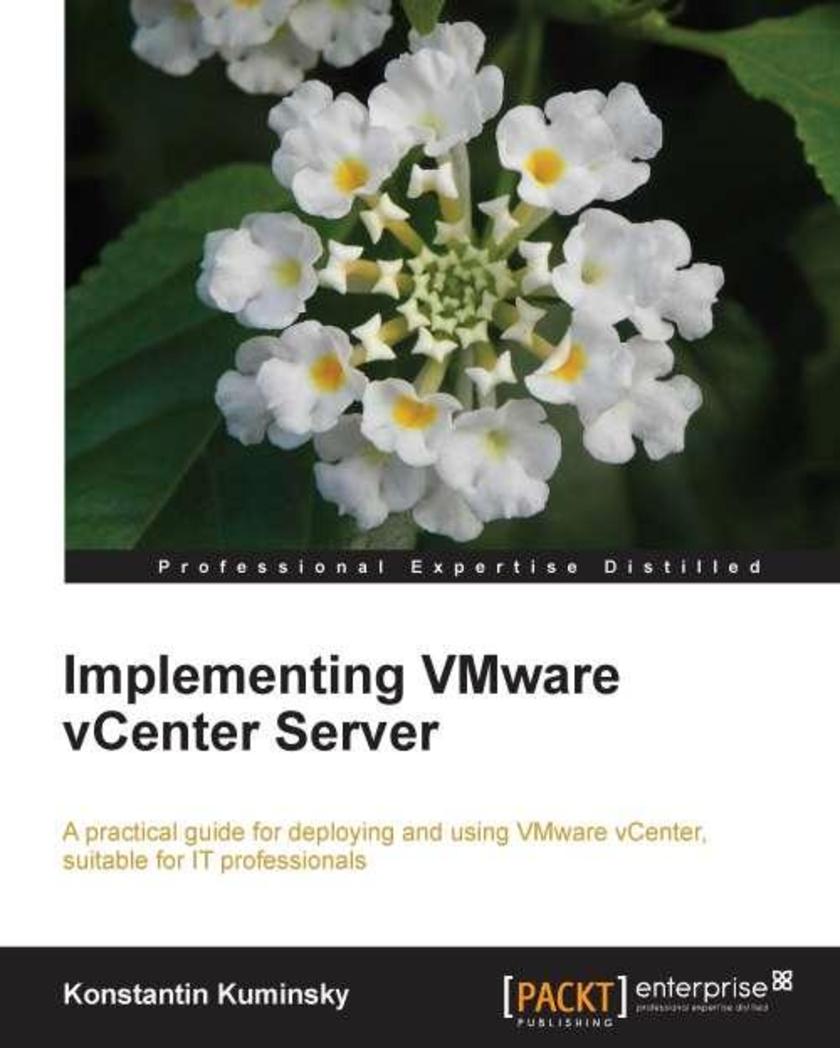
Implementing VMware vCenter Server
¥90.46
This book is a practical, hands-on guide that will help you learn everything you need to know to administer your environment with VMware vCenter Server. Throughout the book, there are best practices and useful tips and tricks which can be used for day-to-day tasks.If you are an administrator or a technician starting with VMware, with little or no knowledge of virtualization products, this book is ideal for you. Even if you are an IT professional looking to expand your existing environment, you will be able to use this book to help you improve the management of these environments. IT managers will find it helpful in terms of improving cost efficiency, ensuring required levels of service and utilising its excellent reporting abilities.
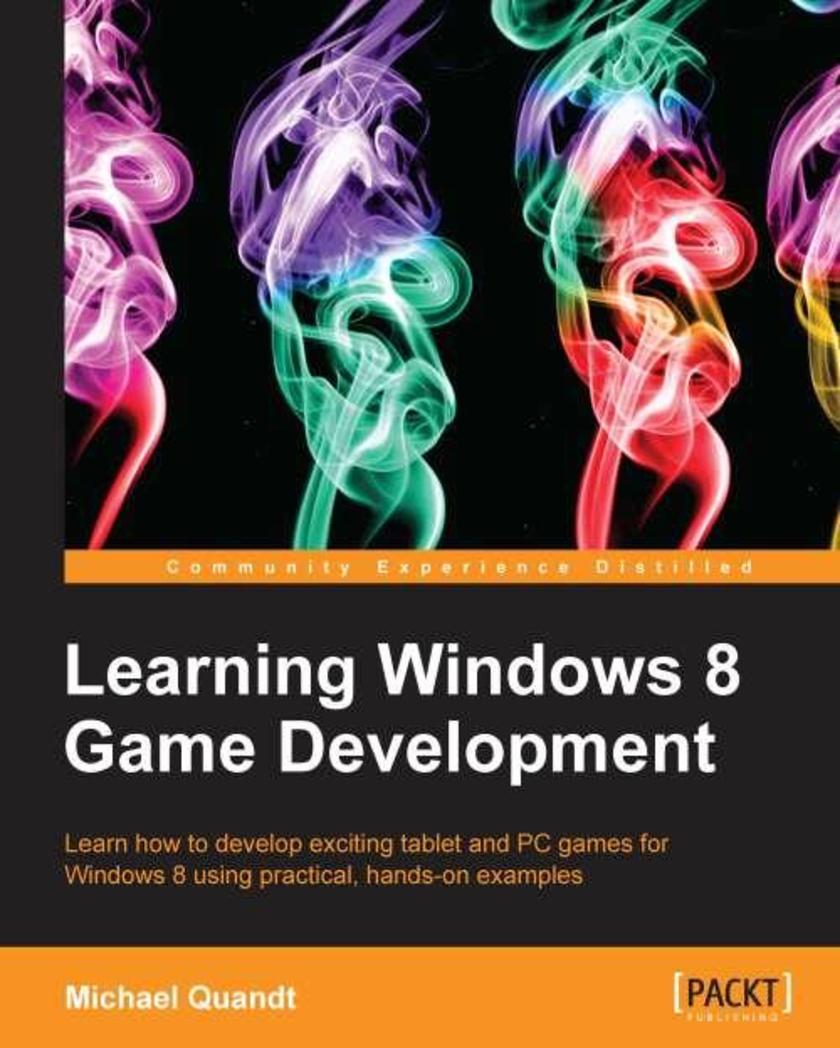
Learning Windows 8 Game Development
¥90.46
A standard practical tutorial running people through Windows 8 RT with a specific focus on game development is the approach chosen here. This type of approach will more likely appeal to an audience that is in need of a structured guide that they can emulate and learn from, unlike the usual reference text available in the market.Learning Windows 8 Game Development is for any developer looking to branch out and make some games. It’s assumed that you will have an understanding of C++ and programming. If you want to program a game, this book is for you, as it will provide a great overview of Direct3D and Windows 8 game development and will kick-start your journey into 3D development.
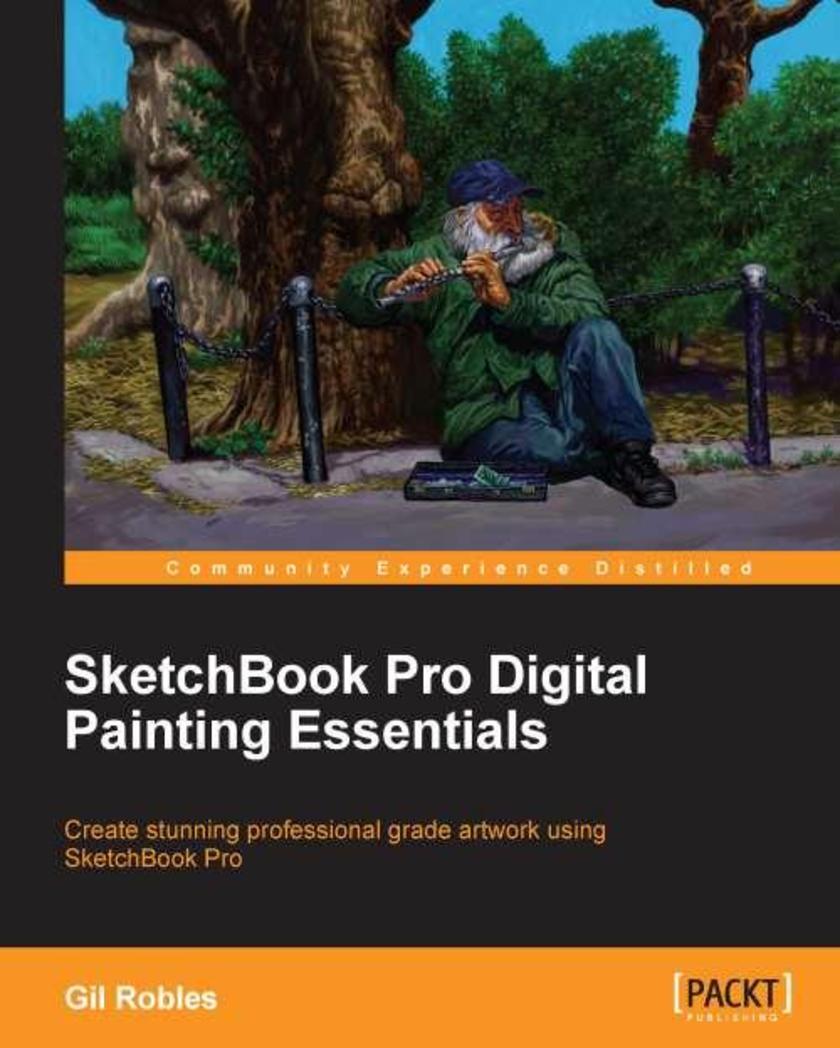
SketchBook Pro Digital Painting Essentials
¥54.49
This book is an example-based guide that will help you create professional grade paintings using Sketchbook Pro. As you progress from one chapter to another, you will learn how to virtually draw visually stunning paintings that are digitally drawn but look exactly like orthodox artwork.If you have had prior experience in developing digital artwork and are looking to add to your knowledge, Sketchbook Pro Digital Painting Essentials is a guide that will help you seamlessly translate what you do with traditional media to digital media.
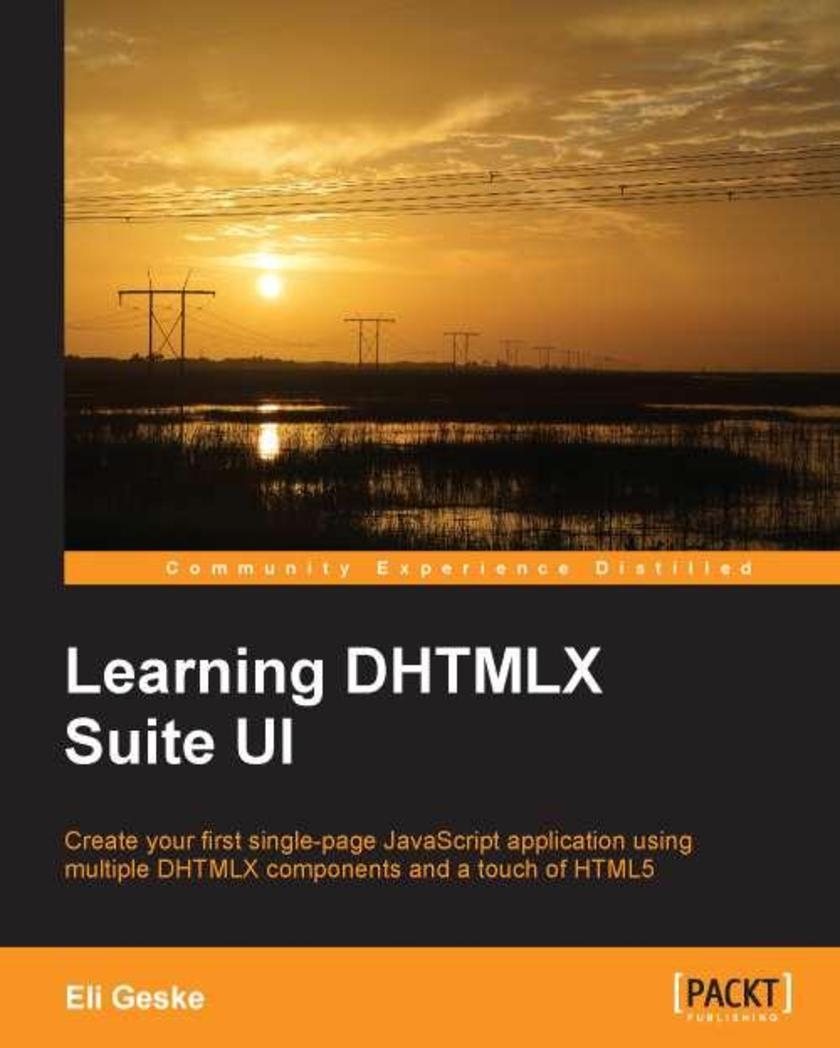
Learning DHTMLX Suite UI
¥54.49
A fast-paced, example-based guide to learning DHTMLX."Learning DHTMLX Suite UI" is for web designers who have a basic knowledge of JavaScript and who are looking for powerful tools that will give them an extra edge in their own application development. This book is also useful for experienced developers who wish to get started with DHTMLX without going through the trouble of learning its quirks through trial and error. Readers are expected to have some knowledge of JavaScript, HTML, Document Object Model, and the ability to install a local web server.
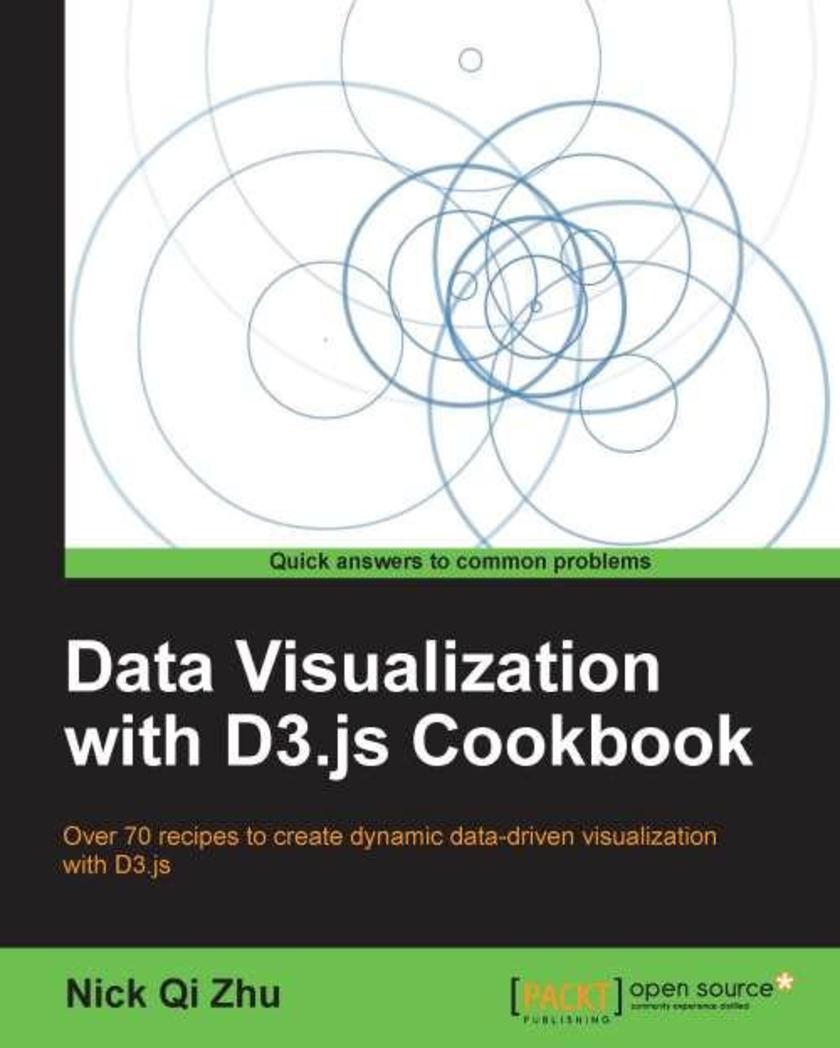
Data Visualization with D3.js Cookbook
¥80.65
Packed with practical recipes, this is a step-by-step guide to learning data visualization with D3 with the help of detailed illustrations and code samples.If you are a developer familiar with HTML, CSS, and JavaScript, and you wish to get the most out of D3, then this book is for you. This book can also serve as a desktop quick-reference guide for experienced data visualization developers.
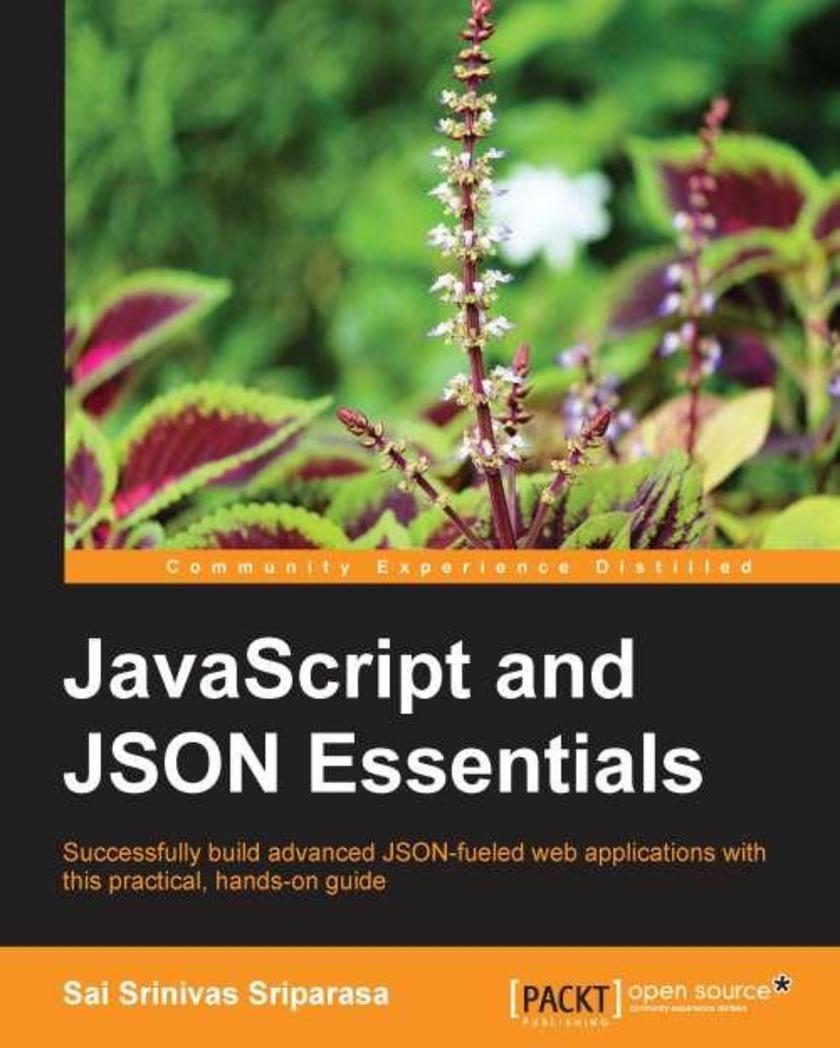
JavaScript and JSON
¥54.49
The book follows a tutorial-based approach and will teach you how to work with JSON tools, design JSON objects, and how to use different techniques to handle JSON data.This book is a great resource for developers who would like to learn more about JSON and who wish to apply it in their own projects. It will be useful to have some prior knowledge of HTML and JavaScript to help you understand the concepts covered in this book. Some familiarity with a server-side language such as PHP, C#, or Python would also be beneficial, but this is not compulsory.

IBM SPSS Modeler Cookbook
¥116.62
This is a practical cookbook with intermediate-advanced recipes for SPSS Modeler data analysts. It is loaded with step-by-step examples explaining the process followed by the experts.If you have had some hands-on experience with IBM SPSS Modeler and now want to go deeper and take more control over your data mining process, this is the guide for you. It is ideal for practitioners who want to break into advanced analytics.
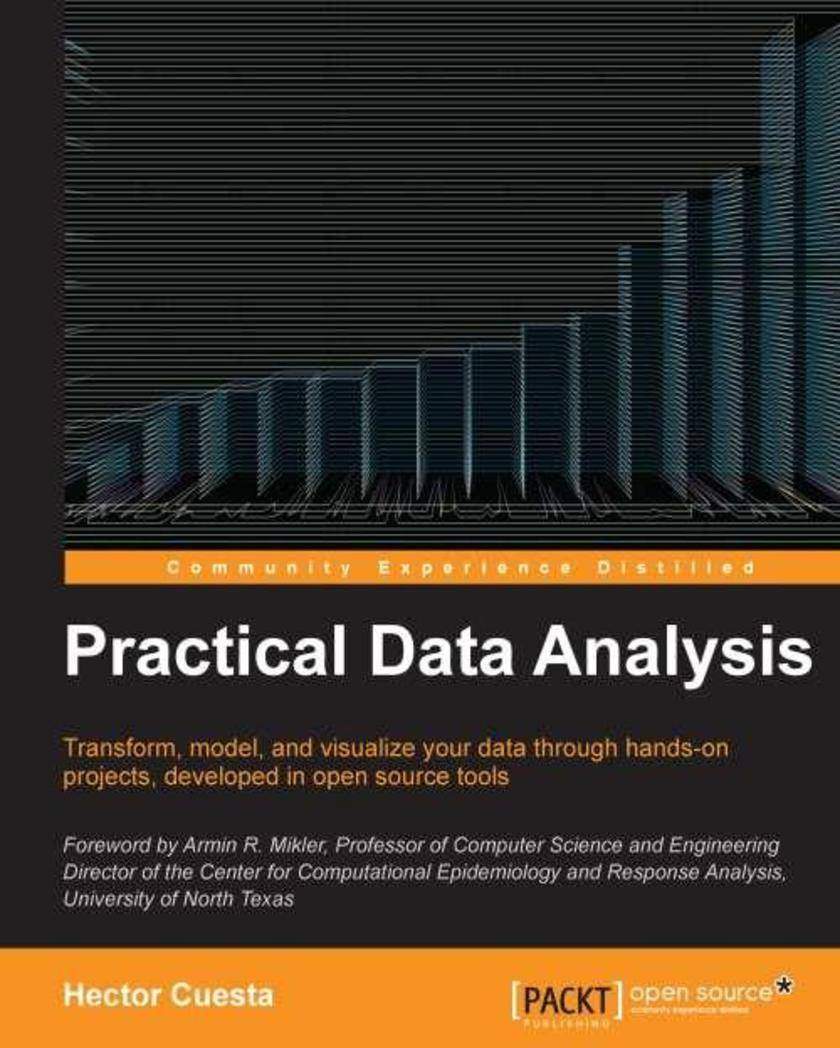
Practical Data Analysis
¥90.46
Each chapter of the book quickly introduces a key ‘theme’ of Data Analysis, before immersing you in the practical aspects of each theme. You’ll learn quickly how to perform all aspects of Data Analysis.Practical Data Analysis is a book ideal for home and small business users who want to slice & dice the data they have on hand with minimum hassle.
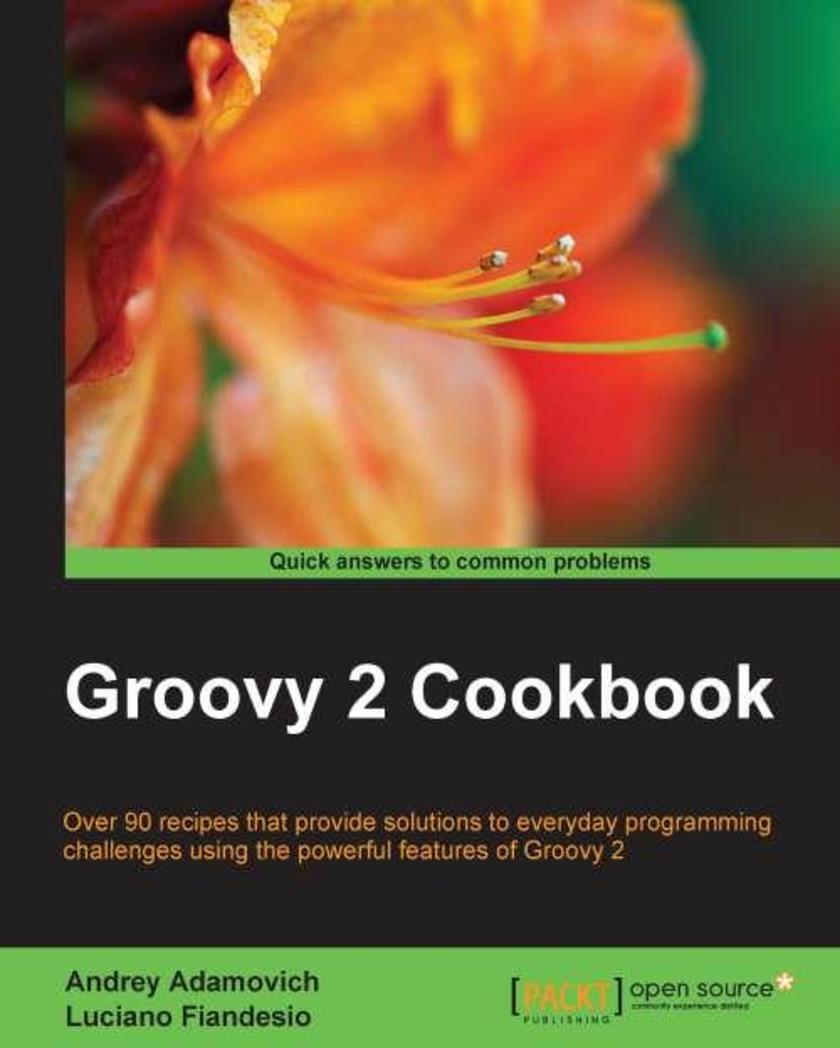
Groovy 2 Cookbook
¥90.46
This book follows a Cookbook style and is packed with intermediate and advanced level recipes.This book is for Java developers who have an interest in discovering new ways to quickly get the job done using a new language that shares many similarities with Java. The book’s recipes start simple, therefore no previous Groovy experience is required to understand the code and the explanations accompanying the examples.
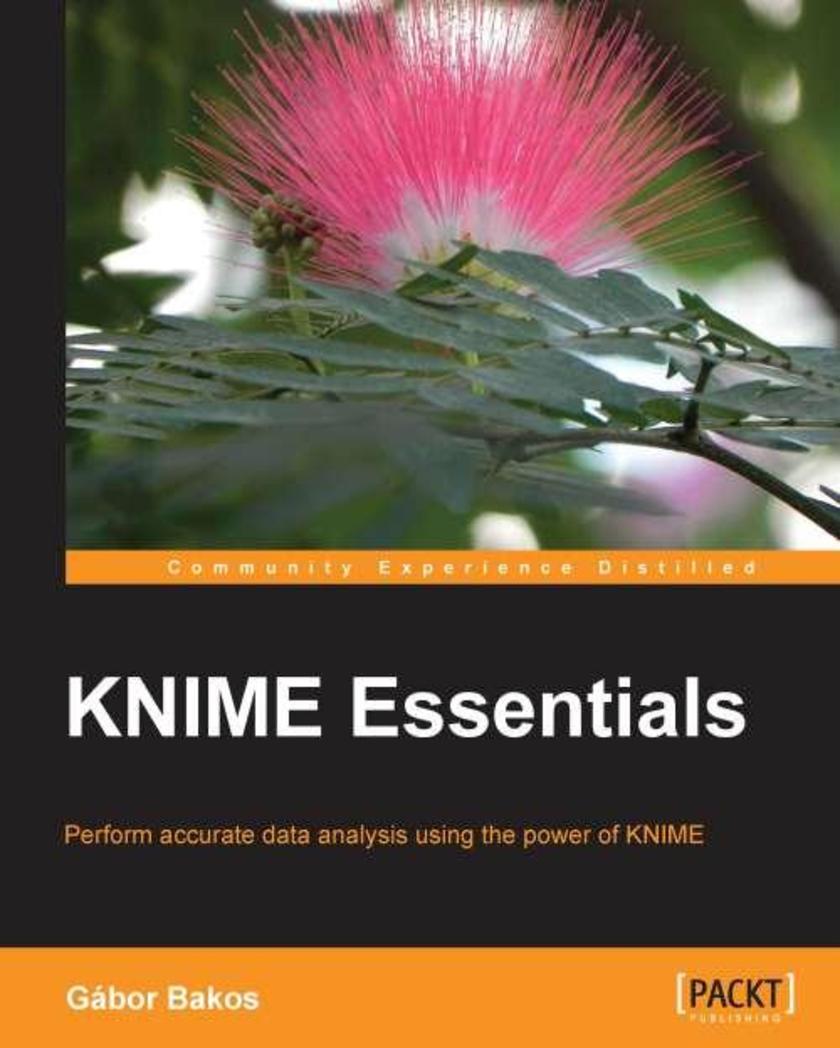
KNIME Essentials
¥63.21
KNIME Essentials is a practical guide aimed at getting the results you want, as quickly as possible."Knime Essentials" is written for data analysts looking to quickly get up to speed using the market leader in data processing tools, KNIME. No knowledge of KNIME is required, but we will assume that you have some background in data processing.
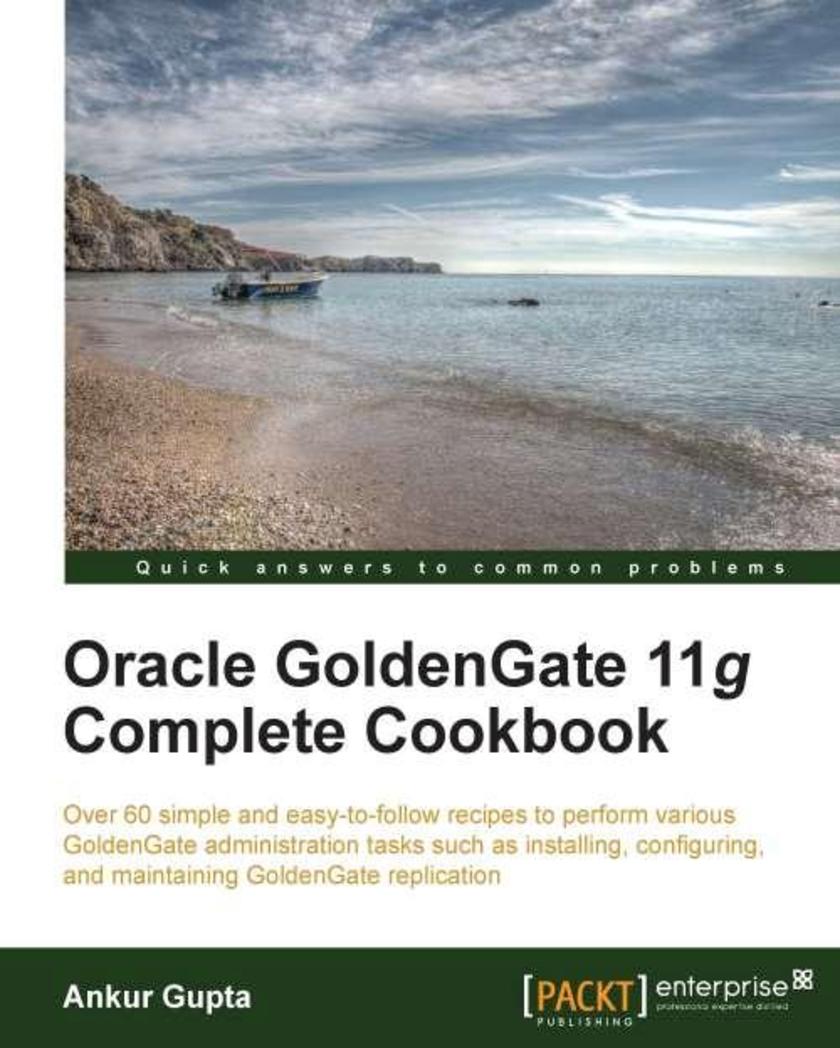
Oracle Goldengate 11g Complete Cookbook
¥125.34
Oracle Goldengate 11g Complete Cookbook follows the Cookbook style. Each recipe provides step by step instructions with various examples and *s. This book provides the necessary information to successfully complete most of the possible administration tasks.Oracle Goldengate 11g Complete Cookbook is aimed at Database Administrators, Architects, and Middleware Administrators who are keen to know more about Oracle Goldengate. Whether you are handling Goldengate environments on a day-to-day basis, or using it just for migration, this book provides the necessary information required to successfully complete your administration tasks. The reader is expected to have some knowledge of Oracle databases.

Learning pandas
¥107.90
If you are a Python programmer who wants to get started with performing data analysis using pandas and Python, this is the book for you. Some experience with statistical analysis would be helpful but is not mandatory.
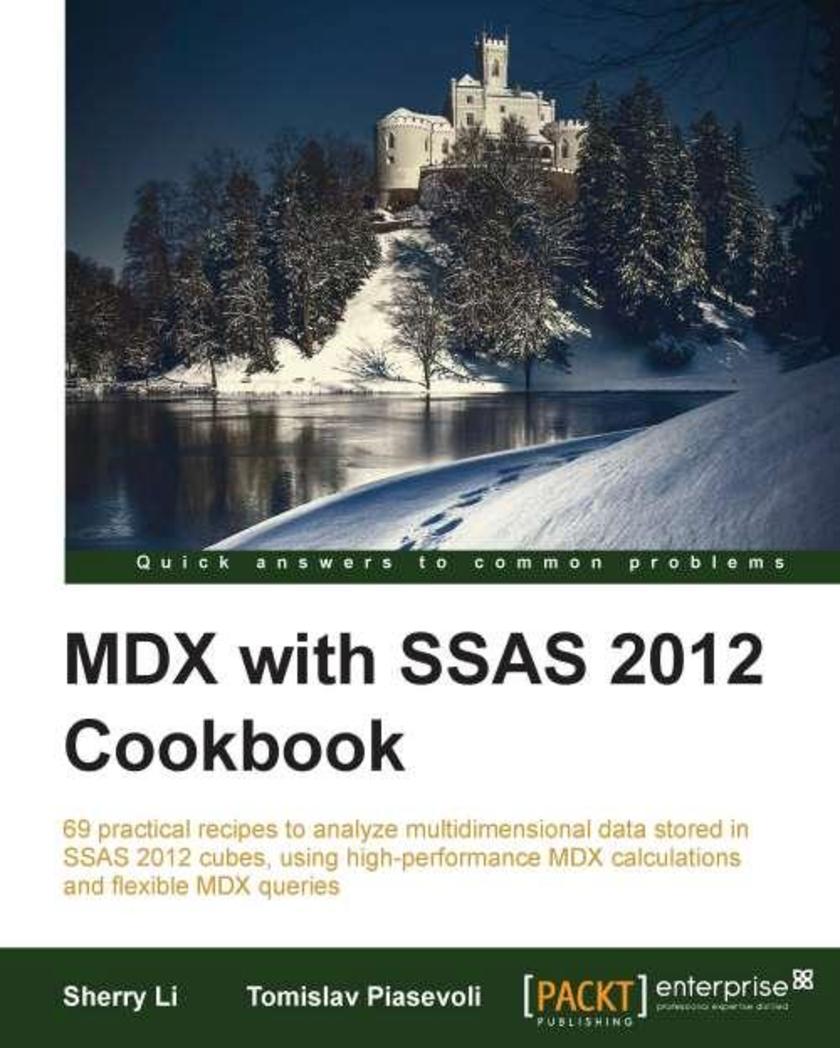
MDX with SSAS 2012 Cookbook
¥107.90
This book is written in a recipe-based style packed full of practical tips and techniques to help you analyse multidimensional data stored in SSAS 2012 cubes. If you need to master MDX queries in SSAS, then this book is for you!If you are a Microsoft SQL Server Analysis Services developer and want to improve your solutions using MDX, then this book is for you. This book is also an essential resource for report developers who need to access the multidimensional cubes through the MDX language. The book assumes you have some basic working knowledge of MDX and a basic understanding of dimensional modelling and cube design.
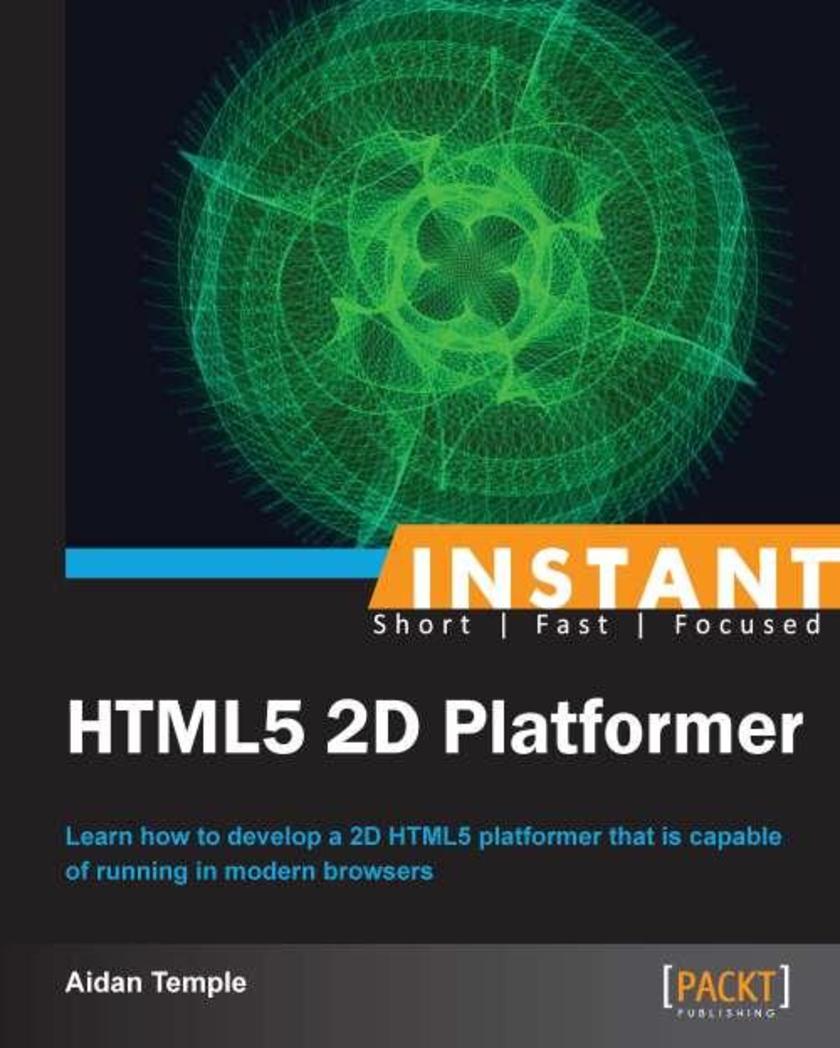
Instant HTML5 2D Platformer
¥35.96
Filled with practical, step-by-step instructions and clear explanations for the most important and useful tasks. The step-by-step approach taken by this book will show you how to develop a 2D HTML5 platformer-based game that you will be able to publish to multiple devices.This book is great for anyone who has an interest in HTML5 games development, and who already has a basic to intermediate grasp on both the HTML markup and JavaScript programming languages. Therefore, due to this requirement, the book will not discuss the inner workings of either of these languages but will instead attempt to describe the functionality of the code present within this book.




 购物车
购物车 个人中心
个人中心



